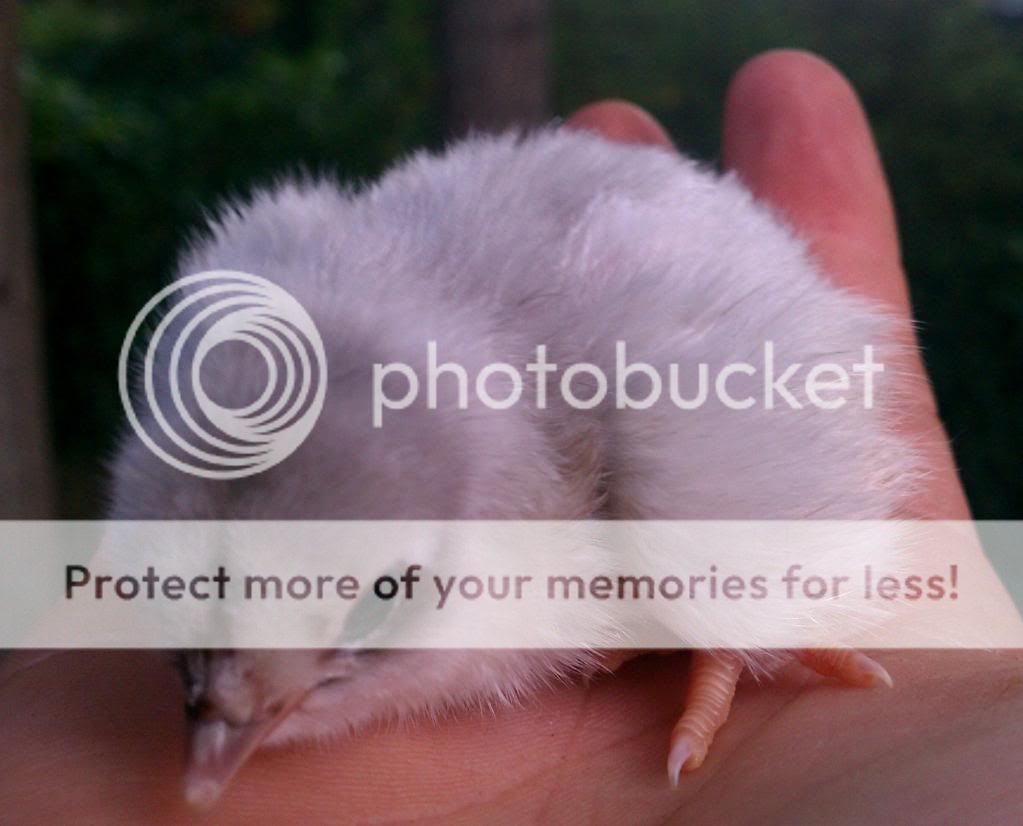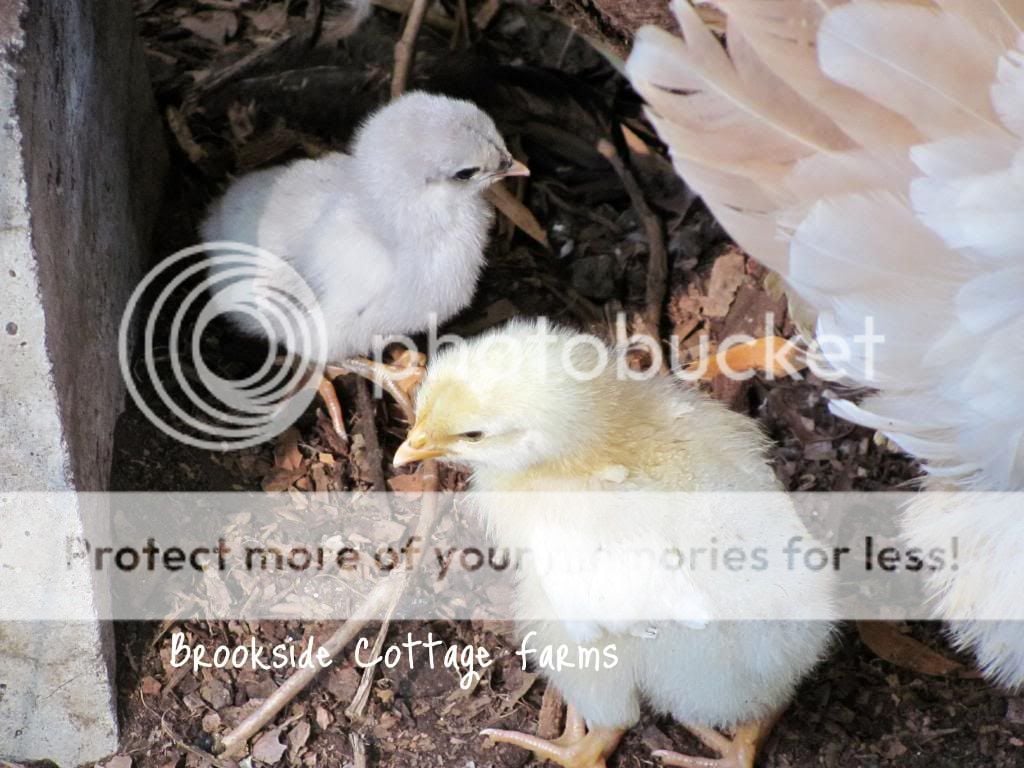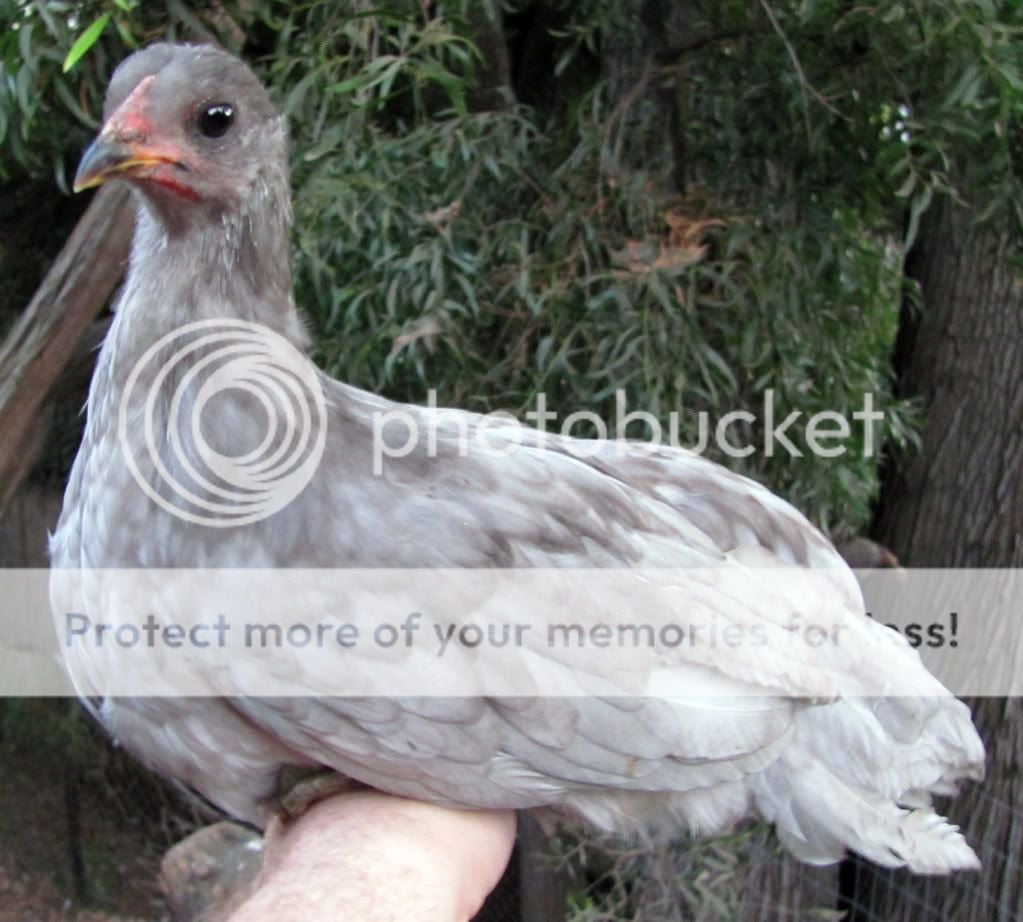Henk,
Thank you, I moved the blue looking pullet to the blue pen
I was sure she was blue this summer but in different lighting she was so different, she is by my blue wheaten rooster but he's also a full sibling to my chocolate carrier so I wasn't sure. I am pretty sure I have some recesive chocolates, some pumpkin diluted and blues so together I am getting some pretty interesting phenotype. I didn't work today so I took some photo's in natural lighting.
The little frizzled pullet isn't from my flock. She comes from proven chocolates that breed as recessive chocolate should so until I prove her different by breeding I will consider her chocolate.
My chocolate mottled hen at the bottom of the photo's I posted is out of my chocolate hen Truffles (deceased) and my chocolate carrier rooster T-Roo so I'm pretty sure she's real. I have been looking hard at her feathering and something isn't quite right?? does she look a little silkied feathered to anyone else?? This one "should" be recessive chocolate.
Dottie
The lighter "chocolate?" pullet I named Sahara is in question with me too and may be a combo of wheaten, pumpkin diluter and blue. Does it sound possible to you?
Sahara
Here is one I bought that I've posted on the Coop. Candi is a young hen I bought from the same breeder I bought Truffles so there is no pumpkin or blue in her background from what I've seen at his place. Could be something totally different but I have her with my chocolate carrying rooster T-Roo now and she's laying so I'll update when I have some chicks hatched from this cross. Is she chocolate or melanized black or something else?
Candie
Here is that blue pullet, taken today in natural light outside....there is no denying she is blue now so I named her Sapphire.
Sapphire






























